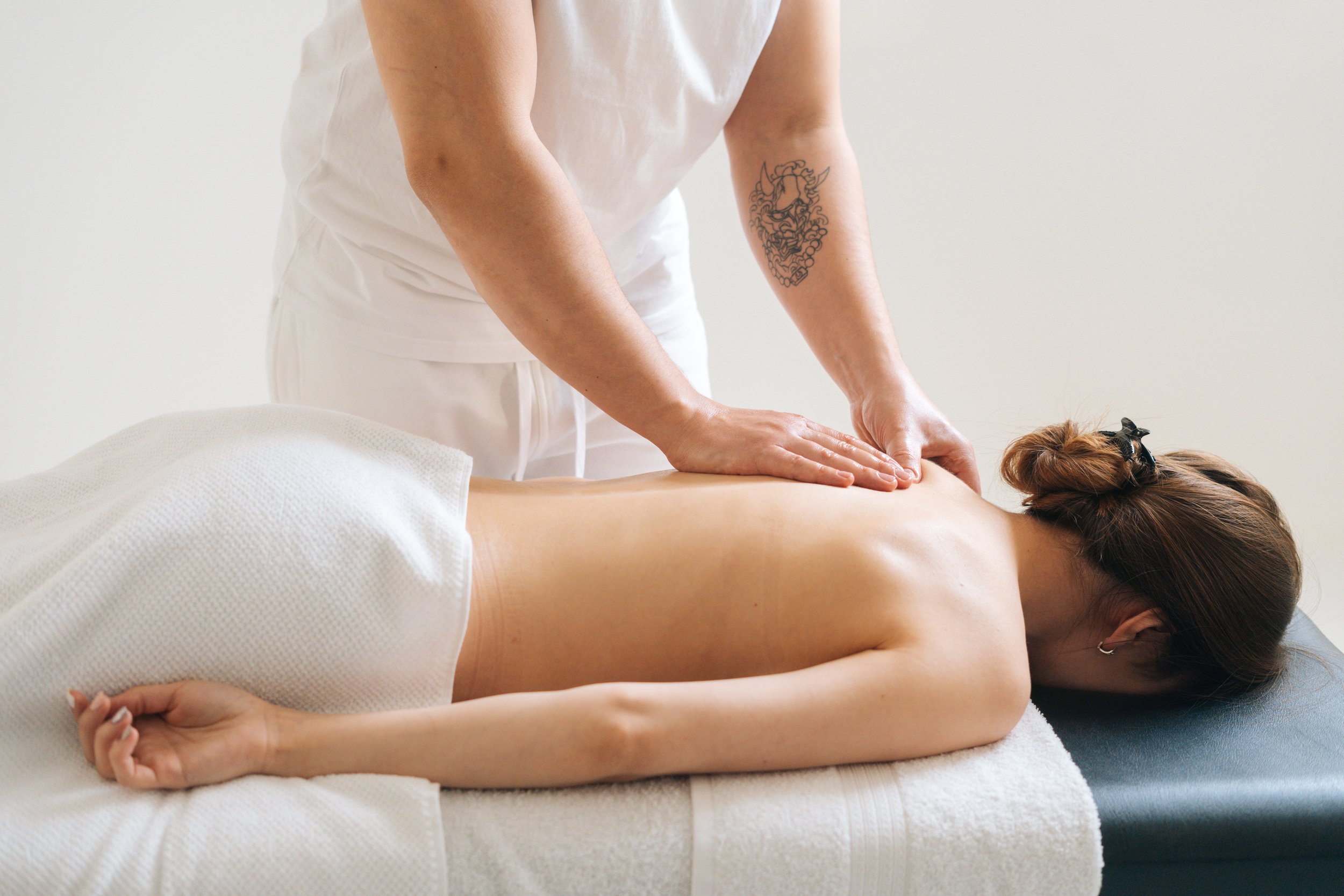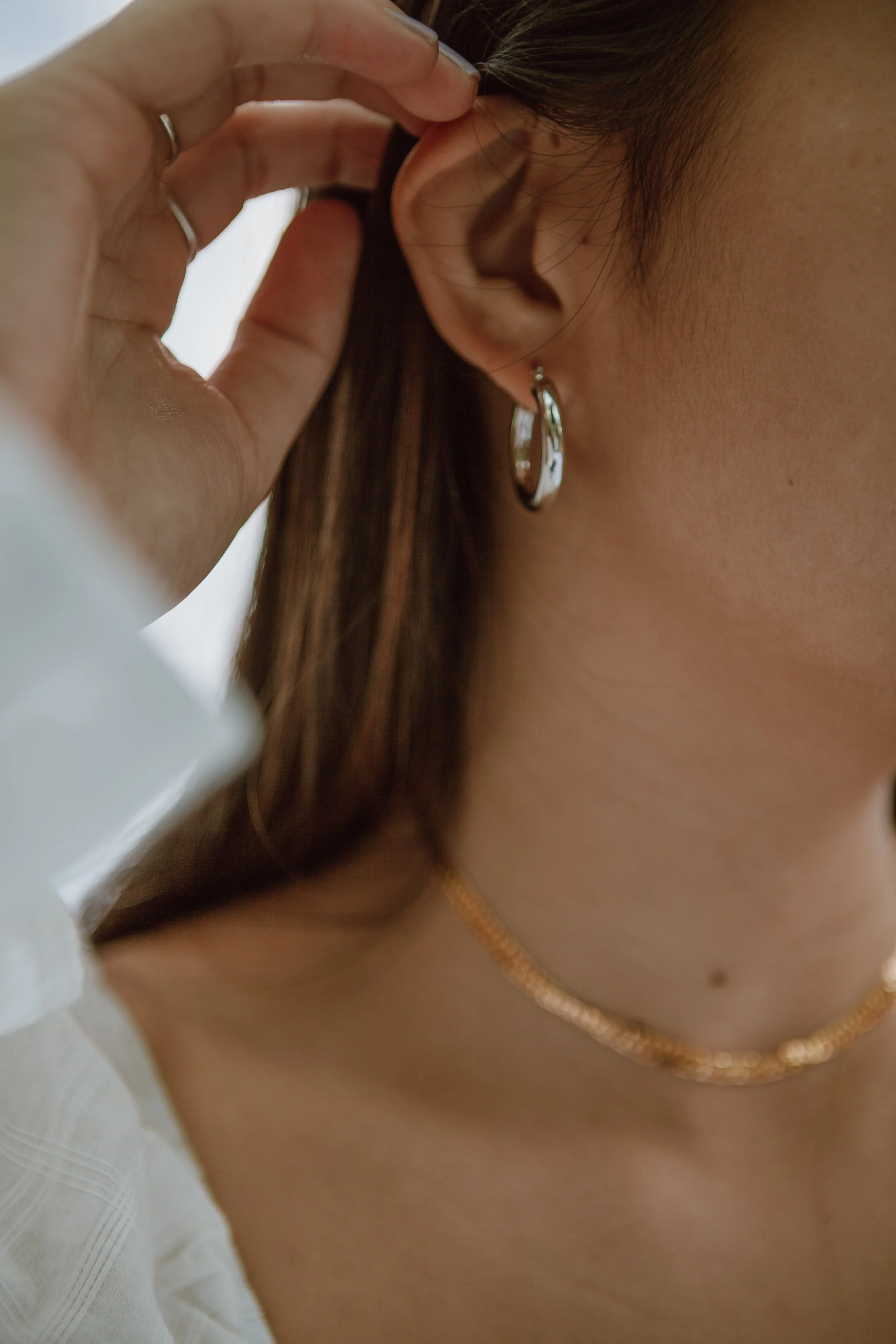WYLD Life

Snapping Hip Syndrome
A snapping hip is a condition in which you hear a clicking sound from your hip from any activity that involves the hip joint such as walking or getting up from a chair. The snapping sound is heard because the muscles/tendons that surround the hip joint become taught and move over a bony protrusion in the hip.

Chiropractic and Disc Herniations
A disc herniation is when there is a problem with one of the rubbery cushions (discs) that sit between the bones that stack up to form your spine. The disc is made up of a nucleus which is found in the center of the disc and contains a soft jelly-like substance. Surrounding the nucleus is a tough exterior called the annulus that supports the contents of the nucleus.

What Is The Diaphragm And Why Should You Care?
The diaphragm is essential to breathing, being a muscle of respiration. It sits under your lungs, attaching to the spine, rib cage and sternum (bone in the middle of your chest). It is controlled by the phrenic nerve, a nerve that originates in your neck. It separates the thorax (chest) from the abdomen (belly).

Chiropractic And Pregnancy
Chiropractic care is a safe and effective modality for pregnant women. Chiropractors focus on strengthening the nervous system to assist in a better quality of life for mums-to-be and help in the growth and development of your baby.
The nervous system is made up of the brain, spinal cord and nerves. The nerves facilitate the functioning of every single cell, organ and muscle in your body which includes the development of your baby.
Top Wellness Reads
Here at WYLD Chiropractic, our multidisciplinary team of Chiropractors, Massage Therapists and Naturopaths are continually fascinated by the human body and love learning.
We thought we would share some of our top reads on all thing’s chiropractic, health and wellbeing related!

Dowager’s Hump
Dowager’s hump which many people refer to as the hunchback is a bump that can be seen on the base of the neck. It is usually accommodated with a forward head posture. The more forward the head sits, the more stress is placed on the base of the neck which can change the spinal curvatures. This overtime causes the back muscles to weaken causing other muscles to be put under constant strain due to overuse.

The Muscular System And Common Neuromuscular Conditions
The muscular system is composed of specialized cells called muscle fibers. Their predominant function is contractibility. Muscles, attached to bones or internal organs and blood vessels, are responsible for movement. Nearly all movement in the body is the result of muscle contraction.

The Relationship Between The Brain And Chiropractic Care
When a Chiropractor adjusts your spine they change a part of the brain called the prefrontal cortex. What we know is how the spine moves has a remarkable impact on how the prefrontal cortex functions. This is potentially why many chiropractic benefits can include feeling better, improved sleep, and better overall functioning.

The Lowdown on Blue Light
At WYLD Chiropractic we are always looking at ways to help you have a more adaptive nervous system. Chiropractic adjustments can be beneficial for reducing the ‘wind-up’ of our nervous system, but it is also important to be looking at ways you can support yourself between visits.
Yoga or Pilates?
Here at WYLD, we encourage you to be an active participant in your wellness journey. Engaging in activities which promote strength and flexibility in your body can supercharge that journey, creating a life full of purpose, satisfaction, and increased energy for the things you love to do. So, let’s look at these two popular exercise modalities, to see what they can offer you.

Tennis Elbow
Tennis elbow (lateral epicondylitis) is a painful condition that occurs when tendons in your elbow are overloaded, usually by repetitive motions of the wrist and arm. Despite its name, athletes aren't the only people who develop tennis elbow

Piriformis Syndrome
Piriformis syndrome is a painful neuromuscular condition in which the piriformis muscle spasms and irritates the surrounding sciatic nerve resulting in pain, numbness and tingling in through the buttock and along the back of the leg and into the foot.

Standing How You Feel
The way we stand, sit, and move through our day both reflects and impacts on how we feel. There are 6 basic categories of emotion that are recognised in facial expressions across a wide range of cultures. But we don’t just wear our emotions on our faces, we also express them in the way we hold ourselves, and if we don’t feel good this can have a negative impact on our health over time.

Thoracic Outlet Syndrome
When you feel pain it is often due to a Neuromusculoskeletal cause, which is just a fancy way of saying your nerves, muscles or bones, or more commonly all three, are responsible. This pain can be from a sudden injury i.e. acute, an old injury i.e. chronic, a repetitive injury i.e. overuse, or sometimes a variation in your anatomy i.e. congenital.
Sitting Is The New Smoking
With a large number of individuals remotely working from home due to Covid-19 restrictions, a consequence of this is having difficulty separating work life from personal life, especially when both take place in the same area. We unintentionally may spend more hours sitting at a desk which over time can lead to an array of adverse health risks such as increased risk of cardiovascular disease, obesity, cancer, metabolic diseases such as diabetes mellitus, hypertension, musculoskeletal diseases such as osteoporosis and poor posture

What Does Your Blood Type Say About You?
There are 4 main blood groups (types of blood) – A, B, AB and O. Your blood group is determined by the genes you inherit from your parents.
Each group can be either RhD positive or RhD negative, which means in total there are 8 blood groups.

The Twelve Cranial Nerves
The cranial nerves are a set of twelve nerves that originate in the brain. Each has a different function for sense or movement.
The functions of the cranial nerves are sensory, motor, or both. Each nerve has a name that reflects its function and a number according to its location in the brain. Scientists use Roman numerals from I–XII to label the cranial nerves in the brain.

The Benefits Of Massage Therapy
Massage therapy may help boost focus, relieve anxiety, and even improve sleep.
No matter the type, the benefits of massage really come down to one thing: pressure.

Waking Up Feeling Stiff? A Chiropractor Could Help
Do you wake up feeling super stiff?
Or do you have trouble getting out of bed, standing up, sitting or moving because of that feeling of stiffness that you feel. As we all know this can be very frustrating.

Disc Herniations - What You Should Know
Spinal discs play a crucial role in the lower back, serving as shock absorbers between the vertebrae, supporting the upper body, and allowing a wide range of movement in all directions.
A herniated disc refers to a problem with one of the rubbery cushions (discs) that sit between the individual bones (vertebrae) that stack to make your spine.
